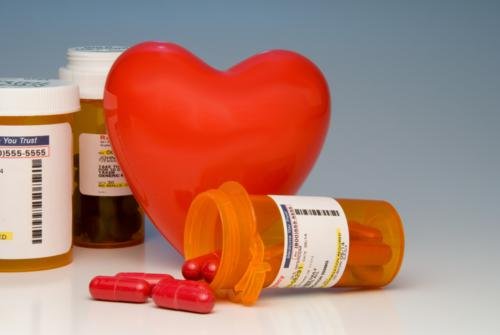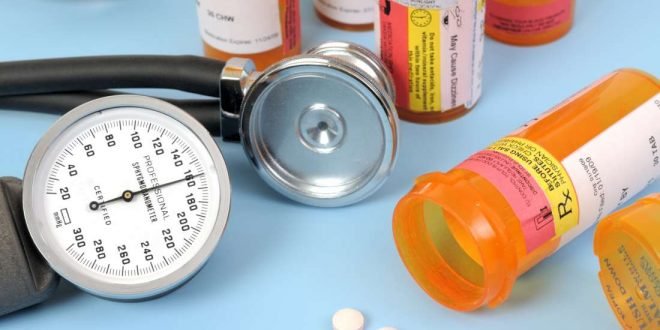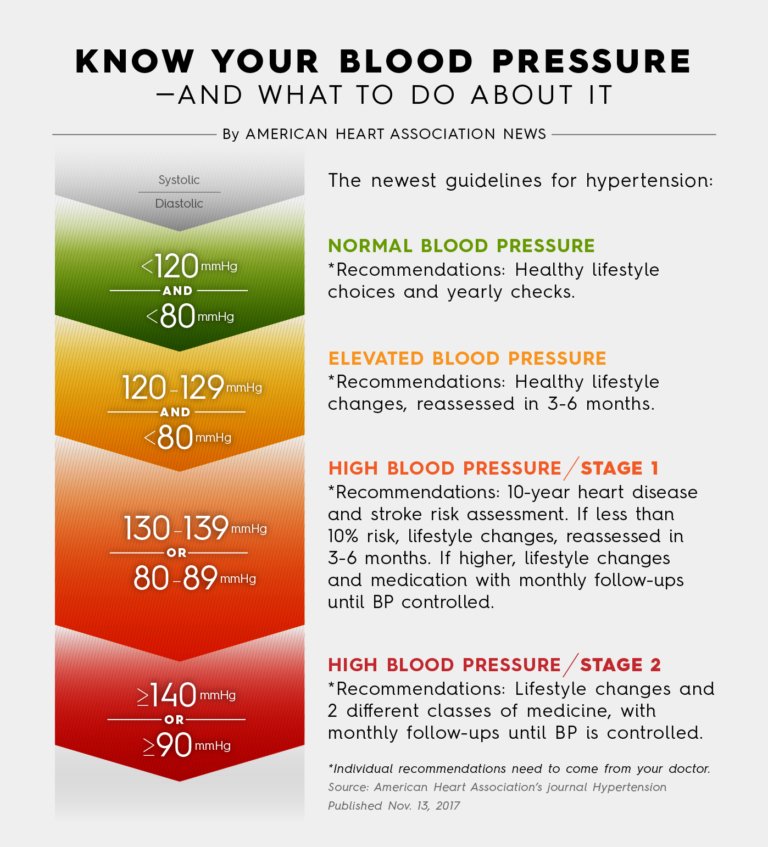Below are the different forms of hypertension drugs with their examples:
1. Calcium Channel Blockers
Since the movement of calcium into and out of muscle cells is mandatory for all muscle contractions, therefore Calcium channel blockers reduce calcium from entering the smooth muscle cells of the heart and blood vessels, thereby causing the heart to beat less forcefully and thus helps blood vessels relax. This in turn decreases blood pressure.
Examples of these medications include:
- Verapamil hydrochloride (Calan SR, Covera-HS, Isoptin SR, Verelan)
- Amlodipine besylate (Norvasc, Lotrel)
- Felodipine (Plendil)
- Diltiazem (Cardizem)
- Isradipine (DynaCirc, DynaCirc CR)
2. Diuretics
This is sometimes called water pills because it helps the kidneys get rid of excess water and salt (sodium). Its action reduces the volume of blood that oughts to have passed through the blood vessels, consequently decreasing the blood pressure.
The three major types of Diuretics include:
- Loop diuretics (bumetanide, furosemide).
- Thiazide diuretics ( chlorthalidone, Microzide, Diuril).
- Potassium-sparing diuretics (amiloride, Aldactone, Dyrenium).
Thiazide diuretics generally have fewer side effects than the others, especially when taken at low doses, and it is commonly used in treating early high blood pressure.
3. Beta Blockers
These drugs help the heart to beat with less speed and force, thereby making the heart pumps less blood through the blood vessels with each beat and consequently reducing the blood pressure.
Drugs within these Categories Include:
- Penbutolol sulfate (Levatol).
- propranolol (Inderal).
- Atenolol (Tenorim).
- Metoprolol tartrate (Lopressor).
- Metoprolol succinate (Toprol-XL).
4. Alpha-1 Blockers
This drug mode of action is best understood by we first understanding some physiology processes or body goes through. Our body produces some types of hormones called catecholamines during strenuous activities, or chronically in some disease states. This catecholamines, (e.g norepinephrine and epinephrine) increses the best rate as well as its force of contraction, thus constricting the blood vessels. These inturn raise blood pressure when the hormones is attached to a receptor. This receptor is what is known as the alpha-1 receptor. Alpha-1 blockers act by binding to this alpha-1 receptors, thereby blocking catecholamines from attaching. This then prevent the catecholamines from narrowing the blood vessels, so blood is able to flow through the blood vessels more freely, and blood pressure falls.
Examples of These Drugs are:
- Terazosin hydrochloride (Hytrin).
- Doxazosin mesylate (Cardura).
- Prazosin hydrochloride (Minipress).
5. Alpha-Beta-Blockers
This have a combination effect. They’re a subclass of beta-blockers and they act by blocking the binding of catecholamine hormones to both alpha and beta receptors. Just like alpha-1 blockers, they can act by decreasing the constriction of blood vessels and also slow down the rate and force of the heartbeat like beta-blockers.
Examples of these Drugs Include:
- Carvedilol (Coreg).
- Labetalol hydrochloride (Normodyne).
Watch out for Part 2.
Please encourage me with your Upvote, Resteem and Comments.
I love you all.
Thanks a lot for Reading.



Hello! I find your post valuable for the wafrica community! Thanks for the great post! @wafrica is now following you! ALWAYs follow @wafrica and use the wafrica tag!
Congratulations @andymandy01! You have completed some achievement on Steemit and have been rewarded with new badge(s) :
Click on any badge to view your Board of Honor.
To support your work, I also upvoted your post!
For more information about SteemitBoard, click here
If you no longer want to receive notifications, reply to this comment with the word
STOPDo not miss the last announcement from @steemitboard!